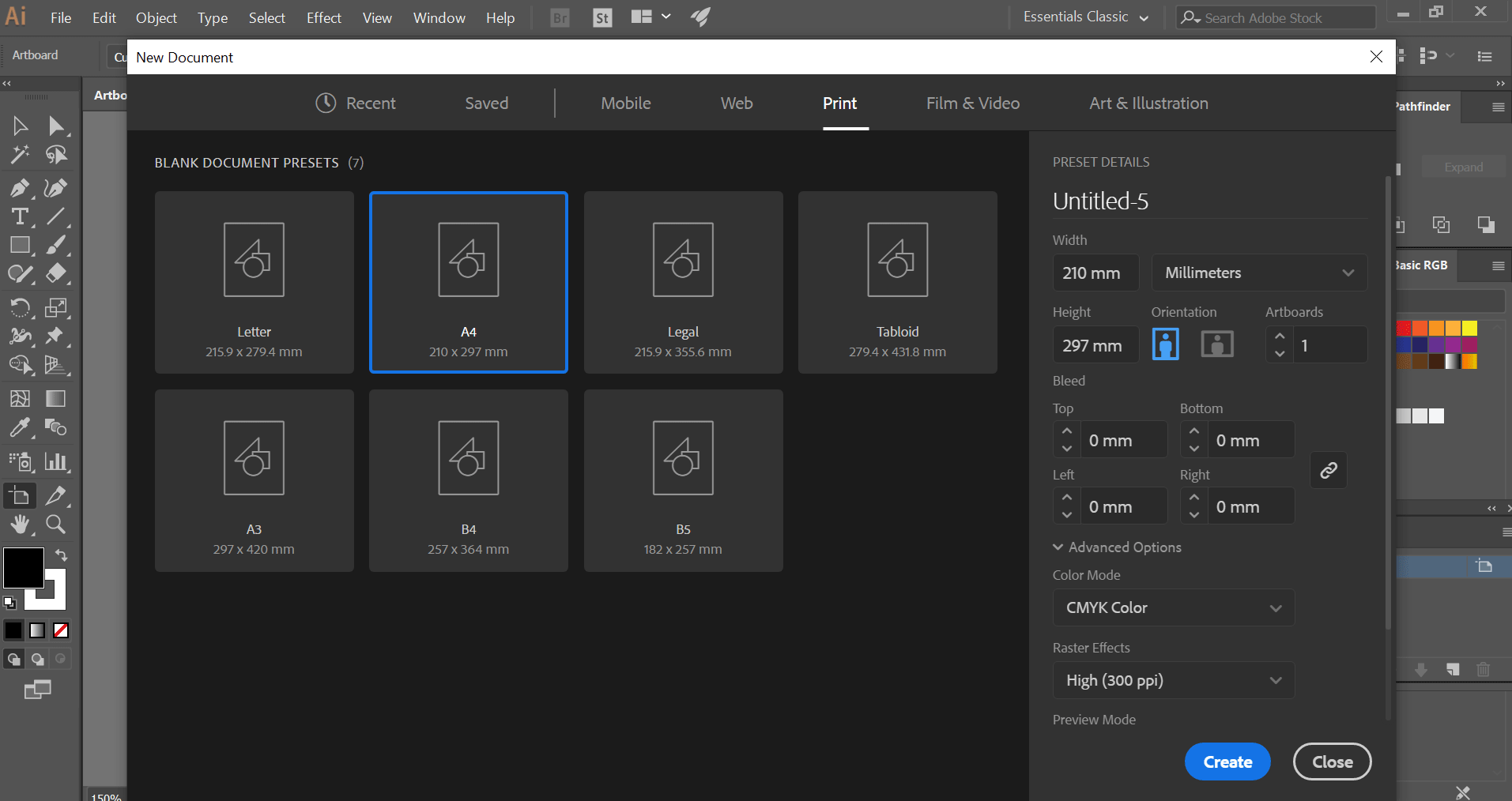

Each asset, when clipped inside of an artboard is included under that artboard’s layer group in the layer menu. This allows you to quickly iterate ideas and move assets around in an intuitive, time-efficient way. For instance, using the photograph of the canyon above, we are able to use the same photo on different screens of the same app, and, more importantly, store the photo outside of any particular canvas. One of the best features of artboards is the ability to use and reuse image assets across artboards. This makes it great for quickly finding the crop you want and iterating compositions of individual layouts.

The artboard itself will automatically clip layers/images whenever any part of their pixel-area enters their canvas.

By using artboards, users can not only speed up their workflow but can make exporting and sharing their ideas even easier. Because each one serves the function of a singular canvas, it is an excellent tool for interface and UX design for things like apps and websites that require several screens, often reusing images and other assets throughout.īy using Artboards, you can illustrate a user’s path through multiple screens without necessitating multiple documents and reuse a singular pool of assets - helping designers iterate, preserve theme, and see the proverbial forest along with the trees. Artboards in Photoshop are essentially just special container groups that act like individual canvases within the same document.


 0 kommentar(er)
0 kommentar(er)
